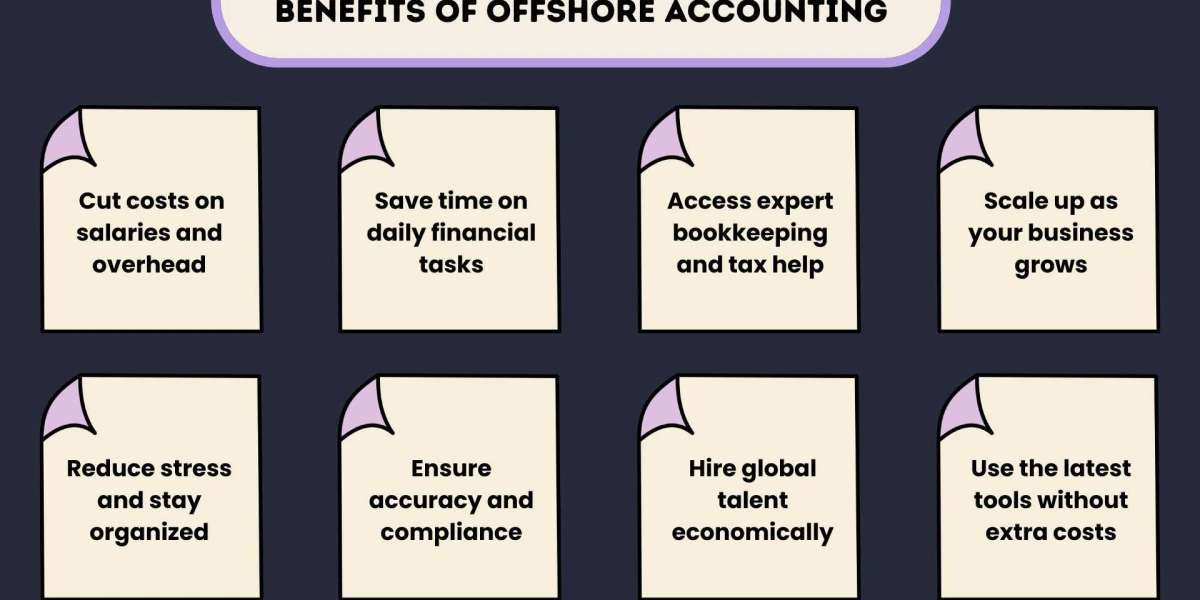Managing multi-family properties requires more than collecting rent and handling repairs. It involves juggling legal obligations, tenant communications, budgeting, and long-term property maintenance. Whether you're a seasoned investor or a first-time landlord, understanding the pillars of multi family property management, structuring comprehensive rental agreements, and mastering real property management strategies can help you run a successful rental business with fewer risks and greater rewards.
What Is Multi-Family Property Management?
Multi-family property management refers to the oversight of residential buildings with multiple rental units—such as duplexes, triplexes, apartment buildings, or townhouse complexes. This form of management demands attention to both individual tenant needs and the broader infrastructure of the building.
Property managers must coordinate everything from landscaping and utility services to maintenance requests, tenant turnover, and financial planning. Compared to single-family homes, multi-family units require higher-level coordination due to their complexity and volume of residents.
Key Responsibilities Include:
- Tenant screening and leasing
- Rent collection and accounting
- Maintenance and repairs
- Compliance with housing laws and regulations
- Conflict resolution and eviction processing
Understanding Rental Agreements in Multi-Family Properties
A well-drafted rental agreement is the foundation of a healthy landlord-tenant relationship. In multi-family property management, it’s crucial that these agreements are standardized yet flexible enough to address unit-specific details.
Components of a Strong Rental Agreement:
- Lease Duration – Clearly state start and end dates.
- Rent Terms – Include amount, due date, grace period, and late fees.
- Security Deposit – Outline amount, refund process, and damage clause.
- Utilities and Amenities – Specify what's included (e.g., water, trash, parking).
- Maintenance Obligations – Define landlord vs. tenant responsibilities.
- Community Rules – Address noise levels, common areas, and pet policies.
Rental agreements also help mitigate disputes by serving as a legally binding record of what was agreed upon. Every clause should be written in clear, simple language to ensure full understanding by all parties.
Real Property Management Strategies That Work
Real property management goes beyond daily tasks—it's about protecting the value of the property while ensuring it generates sustainable income. Multi-family real estate presents unique challenges that demand a structured and proactive management approach.
Best Practices in Real Property Management:
- Preventive Maintenance: Schedule regular inspections to catch issues early.
- Clear Communication: Use software or portals to streamline tenant updates and requests.
- Detailed Financial Tracking: Maintain transparency with income and expenses.
- Legal Compliance: Stay up to date with landlord-tenant laws and building codes.
- Tenant Retention Programs: Encourage lease renewals through incentives, prompt service, and community-building efforts.
These practices not only ensure smoother operations but also boost the property’s reputation, reducing vacancy rates and turnover costs.
Conclusion
Managing a multi-family rental property is a dynamic and demanding endeavor. From crafting solid rental agreements to implementing efficient real property management techniques, landlords must stay informed and adaptable. A well-run multi-family property doesn’t just benefit tenants—it builds long-term financial stability for owners.
FAQs
Q1: What makes multi-family property management different from single-family management?
A1: Multi-family management involves handling multiple tenants and units under one property, which increases operational complexity and requires more extensive coordination.
Q2: Why are rental agreements crucial in multi-family property management?
A2: Rental agreements protect both landlords and tenants by clearly defining rights, responsibilities, and expectations, helping to avoid legal issues.
Q3: What should I include in a multi-family rental agreement?
A3: Key elements include rent terms, security deposits, utility responsibilities, pet policies, maintenance expectations, and house rules.
Q4: How can I improve my real property management strategy?
A4: Focus on preventive maintenance, financial transparency, legal compliance, and tenant satisfaction to enhance property value and retention.
Q5: Do I need a property management company for my multi-family units?
A5: If managing tenants, maintenance, and finances becomes overwhelming, hiring a professional firm can save time and reduce costly errors.



